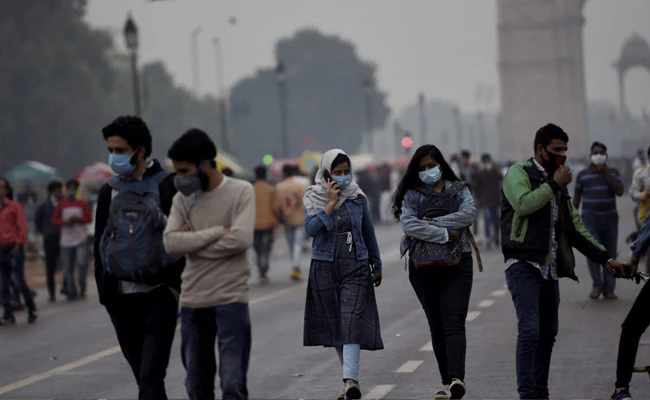Are you feeling cold? Three causes for the harsh cold that is affecting Northwest India. This winter, a strong cold wave that affected Northwest India for almost a month caused heavy fog, which made it difficult for cars, trains, and airplanes to operate.
There has been a lengthy cold spell from December 29, 2023, when maximum temperatures fell by 5-8°C below average.
A transient western disturbance caused a brief relief on January 7 and 8. The respite, though, proved fleeting, as the cold weather returned on January 9.
Several locations in Northwest India, including Delhi, saw minimum temperatures fall below 4°C between January 12 and January 17, extending the winter’s chill.
Since December 25, 2023, there has been an extremely thick layer of fog lingering over the plains of North India. Additionally, there was no visibility at some locations in Delhi, Uttar Pradesh, Punjab, Rajasthan, and Haryana due to the fog.
Why then is this year’s winter so harsh? Three things are responsible for it, according to the IMD: the absence of any active western disturbance across Northwest India, the current El Nino conditions, and a strong jet stream.
In December and January, Northwest India usually gets five or seven western disturbances, which offer some respite from the bitterly cold weather. These kinds of events, though, were missing this winter.
Although the nation was affected by two western disturbances in December and January, their effects were confined to Gujarat, north Maharashtra, east Rajasthan, and Madhya Pradesh.
The harsh cold was further made worse by the less precipitation than typical over the western Himalayan region.The area saw a significant fall in precipitation and snowfall, almost 80% below average, which exacerbated the cold wave.
Another reason for the absence of disturbances in the west is the El-Nino conditions that are prevalent over the Equatorial Pacific Ocean. Northwest India experiences fewer days with cold waves as a result of this phenomena, a tendency that was also evident this season.
Last but not least, an extended cold wave period has been caused by the powerful jet stream winds that have been blowing over North India at a speed of between 250 and 320 km/h and 12 km above mean sea level.
There won’t be any relief from the cold wave conditions in Northwest India during the next few days due to the likelihood of the strong jet stream pattern continuing.
































